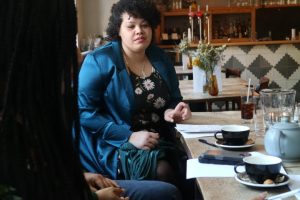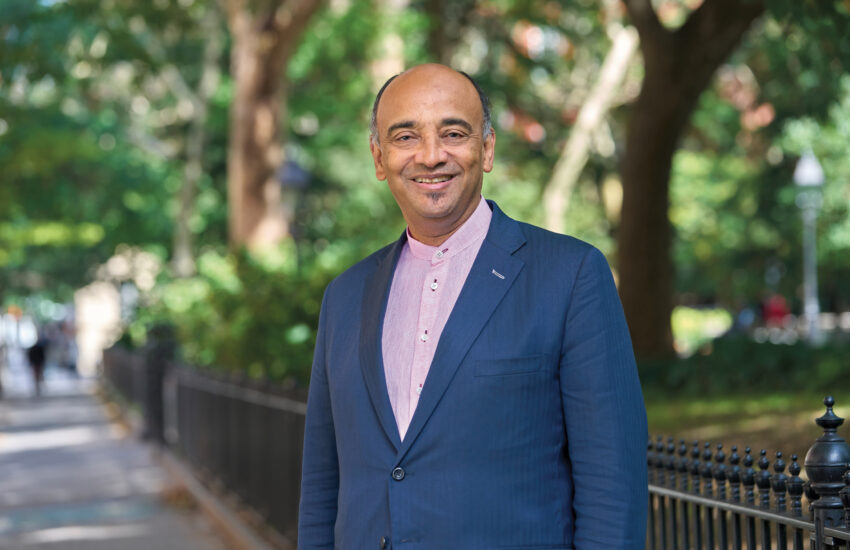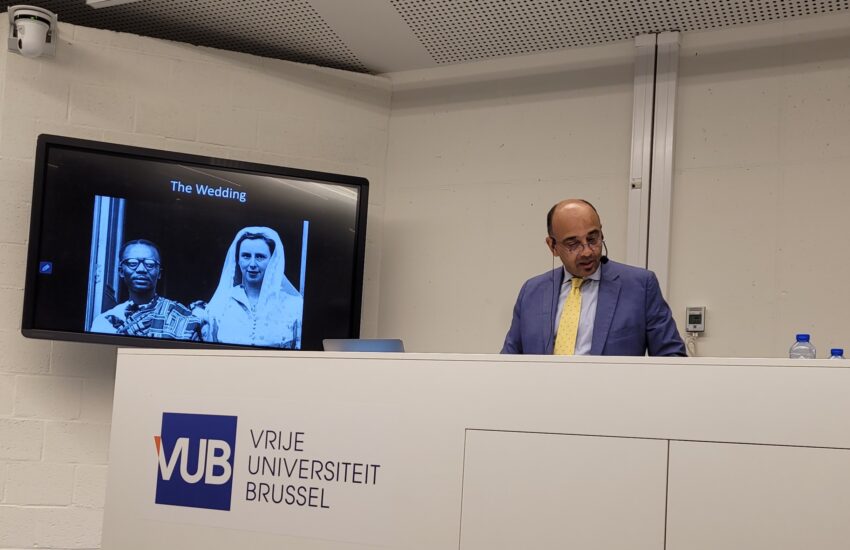Mixed Race and the Media: Notes from a Workshop
Written by Nina Camara
Multiracial people are very visible in popular culture, however, what picture(s) does it paint?
As someone who grew up in a culture where people of colour are a small minority, I always felt ambiguous about the attention directed at us as a result of our difference. I longed to find out about the experiences of other mixed-race individuals. Living in London finally enabled me to explore this collective experience and create a space to have these discussions. In order to do so, I facilitated an informal workshop which brought together people of mixed-race origins to reflect upon our portrayals in various media outlets and their wider impact.
The group consisted of 8 individuals with heritages spanning many cultures, including the Middle East, Britain, Eastern Europe, India, Jamaica, the US (including Native American heritage) and Nigeria. Through a series of activities, we explored our self-perceptions, examples of how the mixed-race experience is represented across various media outlets and popular beliefs that are pervasive in wider society about mixed-race people. Upon reflection, it was a good learning curve and a fun way to ponder the complexity of mixed-race experience on a relaxed Sunday afternoon. Here is a quick summary of our conversation.
Our initial focus was on self-perception. The task was to address two statements: ‘As a person I am’ and ‘Being mixed means’. As it turned out, some felt that their personality encapsulated polar opposites and one participant described this as being ‘ambitious and driven but also shy and introverted’ at the same time. Self-confidence, built against the odds of past experiences, was also a point that stood out. Enduring racial bullying in school environments, because some people could not accept to see their offspring outperformed by a mixed-race child, left many scars. On the other hand, this childhood trauma served as motivation to move on and overcome these barriers. Other’s replies also touched upon ‘healing’ and rebuilding their inner strength, which involved taking a big step and moving away to a different environment. It confirmed my own view that as mixed-race individualswe are bound to be explorers, seeking connection over familiarity and finding a way to build a solid foundation.
Being mixed was viewed as ‘getting the best and the worst’ from the cultures one came from, feeling outside of them and being perceived through different lenses. Some expressed that growing up in an environment which lacked diversity created a sense of confusion and a need to fit in and be just like everyone else. The privilege in the eyes of society which now sees mixed-race people as ‘trendy’ was also mentioned and an interesting question came up: What will happen when being mixed is no longer perceived that way? Considering how society is evolving it is hard to predict.
We then looked at real examples of how mixed-race identity is portrayed by the media and how it made us feel. The first one was a clip from BBC Newsnight entitled ‘Where does the rise of identity politics leave people of mixed race?’ presented by Scarlett Barter, who herself has a black mother and white father. She discussed her experiences alongside three other guests, Alex and Zena Francis and Emma Dabiri. The presenter describes mixed-race identity as ‘feeling very other at times’ and ‘unplaceable in people’s minds’ which brings all sorts of difficulties. The responses from other interviewees show a love-hate relationship with being mixed-race – for some it is their preference, whilst others do not accept it at all.
The other piece was in the form of a reaction to content originally created by ‘Humans of New York’. It was an interview with a teenage girl of mixed race who did not like her background, contrary to the perceptions of mixed-race identity her friends had. It came with the unflattering headline ‘Race Mixing = Ugly Kids with Self Hatred & No Identity’. Having seen the videos, the general feeling was this content showed quite well how identity depends on experience and is, in essence, a reaction to the culture you are in. The ‘lack of confidence instilled by society’ was also something that stood out as well as ‘being held hostage by other people’s labels’. Although the feeling of ‘otherness’ is universal and exists in all communities, in the case of mixed-race people it is often emphasised by the environment which makes it seem all the more problematic.
The aim of the final activity was to look at the popular belief that racial mixing can eradicate racism and also whether we as mixed-raceindividuals can contribute towards that. We discussed an article on the ‘post-racial future’ published by The New Yorker. The author, Doreen St. Félix, mentions the critical letter by the editor of The National Geographic, which describes the magazine’s coverage of non-white cultures as racist and criticises the publication for excluding the stories of the black American population up until the 1970s. Her own critique focuses on coverage of the mixed-race twins Marcia and Millie Biggs. She focused on assertions by the National Geographic that they ‘will make us rethink everything we know about race’ and how the Daily Mail described them as ‘million to one’. In her view, the media failed to point to the real issue – that of human perceptions of race and its implications. In her view ‘certain people will always be collected and displayed’ and the existence of multiracial people who are nowadays ‘a subject of a liberal, cross-racial desire’ is not a sign for ‘social hope’.
Overall, we weren’t in agreement with this point of view. The National Geographic offers an anthropological perspective which frames the way they talk about race. Also, we felt that this opinion was too negative. Mixed-race couples, in many cases, have had to overcome a multitude of hurdles, so making their relationship work and last is an achievement in its own right. The media should be celebrating us, not scrutinising us and give more space to our stories. Another issue was the tendency to label mixed-race people ‘black’ as if it was a universal label for everyone with black ancestry. We felt that they should use these labels correctly and thus give black and mixed-race people better recognition on an individual level.
To contribute towards a post-racial future, it was agreed that mixed-race people need to ‘counter the negativity’. Society is changing so we should think about how our identities can help bring that narrative forward. Mixed-race people are on the cutting edge of today’s culture which has moved on from segregation to acceptance. The issues mixed families experience are now taken more seriously and are no longer overlooked, which creates a hope that children who come from these relationships will have better life chances. Now that the media portray us as ‘acceptable’we should step up to the plate and take the chance to create a vibrant community, perhaps using a part of that ‘trendiness’ that we were granted in a positive way. Educate, instead of being harsh and critical and be conscious that racism is a system, which the mainstream society is still unlearning.
The first step to change is to connect and start the conversation. Thank you to Andrew, Chrissy, Esmail, Gabriella, Matina, Munir, Paul and Rosie for being a part of it.






